▌On Christmas Eve, hundreds of artisans lay their blankets on Cusco’s sidewalks -a custom in traditional Andean fairs- and sell carved Nativity handicrafts. Dating back to the Spanish Vice-royalty, the Santuranticuy (which means “saints for sale” in Quechua) is one of the largest arts-and-crafts fairs in Peru.
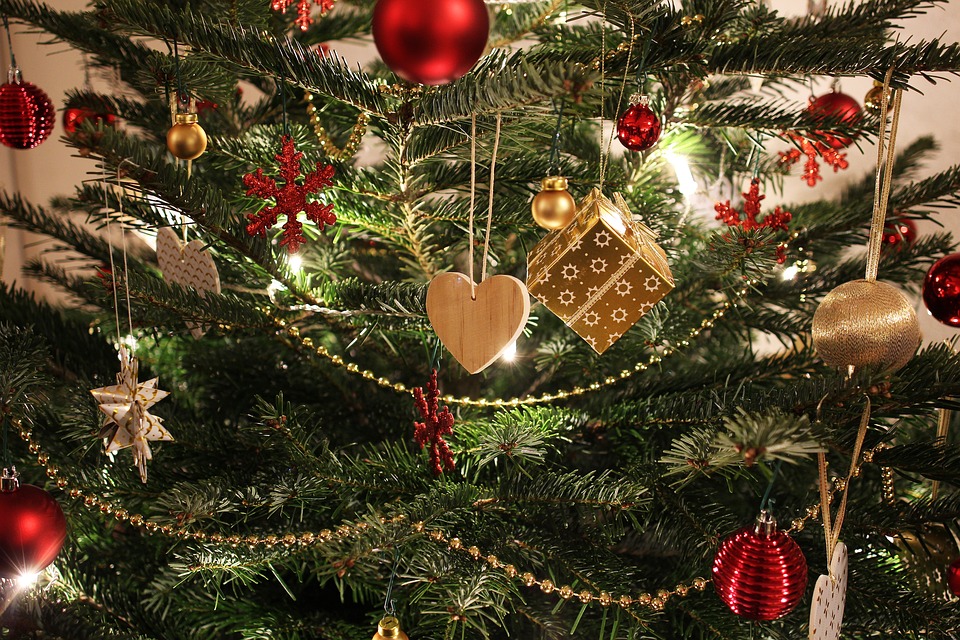
The celebration of Christmas in Cusco begins with the dressing-up of the city with coloured lights and garlands. These can be seen everywhere, from the balconies of the Monumental mountain to the streets around the main square, and donate the city with a warm festive ambiance.
On December 24th, hundreds of artisans coming from Cusco and the surrounding towns lay their blankets on the sidewalks -a custom in traditional Andean fairs- and sell carved Nativity handicrafts.
Held in Cusco’s main square, Santuranticuy (which means “saints for sale”) is a temporary market whose origins go back to the days of the Spanish Vice-royalty. Today it’s one of the largest arts-and-crafts fairs in the country.
The central figure of the Christmas fair is the Niño Manuelito, the Andean version of the newborn Jesus. Besides the baby Manuelito, you’ll find the other Nativity figures -all with an Andean touch-, as well as saint’s images. Much appreciated are the boxed scenes, known as Retablos, whose small figurines can represent almost every aspect of live, secular or sacred, though for the occasion you’ll almost only find Nativity scenes.
Although the fair started as a Christmas specific market, over the years it expanded to include other goods like antiques, silverware, and ceramic objects brought from Pucará and Quinua. At night, street vendors sell a traditional hot and sweet rum punch called ponche, to warm up chilly visitors.
To facilitate both clients and artisans, the fair has been divided into sectors, each of which aggregates a speciality product. Among these you can find decorative ceramic, wood and bark crafts, miniatures and filigrees, silverware, stone crafts, stone sculptures, paintings from the Escuela Cusqueña, and Niños Manuelitos.
Source: LeGuide


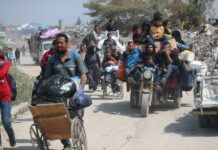
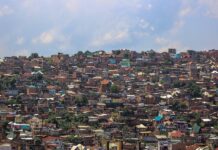
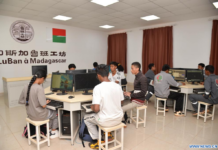












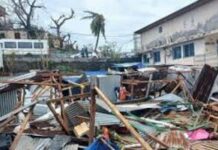



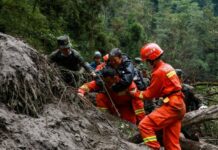




![Le chocolatier suisse Läderach développe une histoire d’amour avec la Chine [ INTERVIEW ]](https://www.afrique-54.com/wp-content/uploads/2023/12/Johannes-Laderach-et-chocolat-e1702548585357-218x150.jpg)











